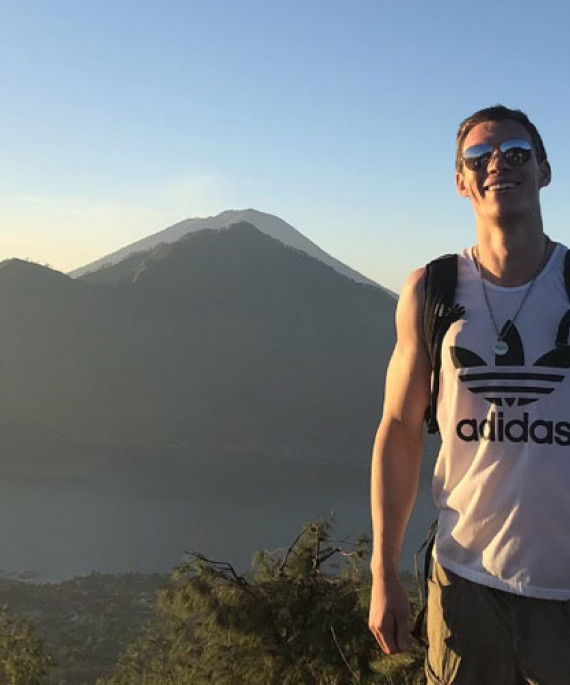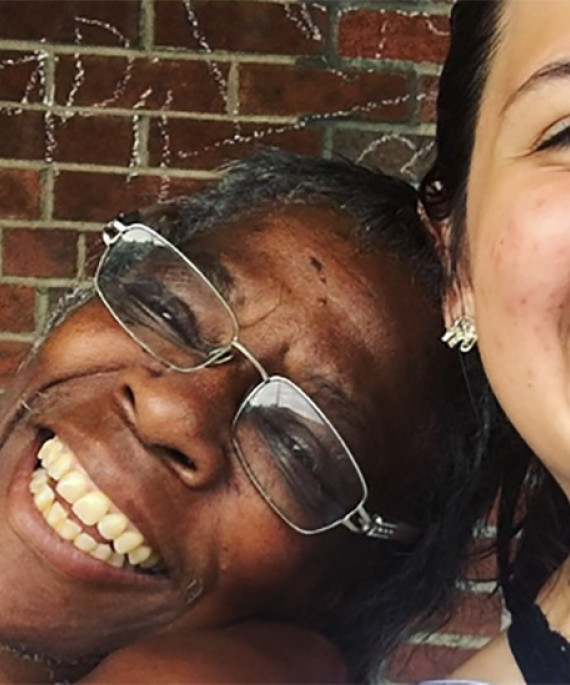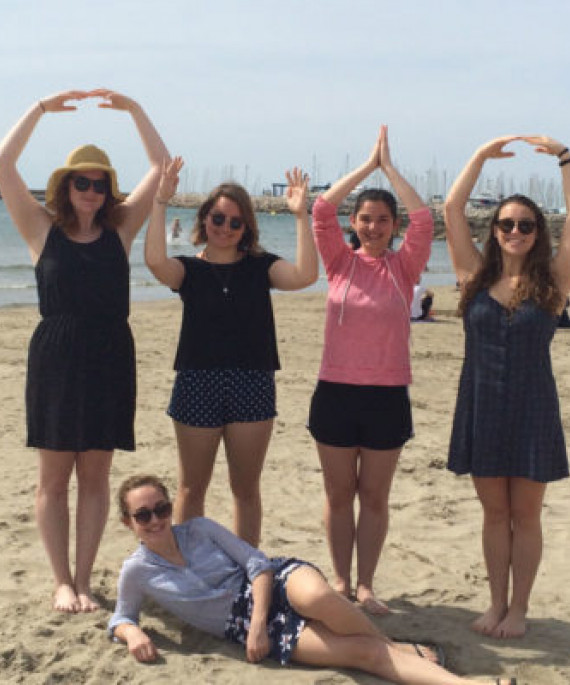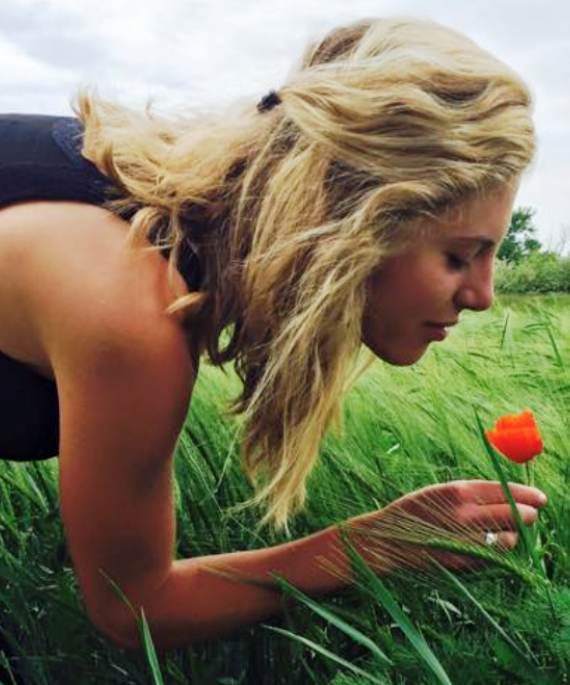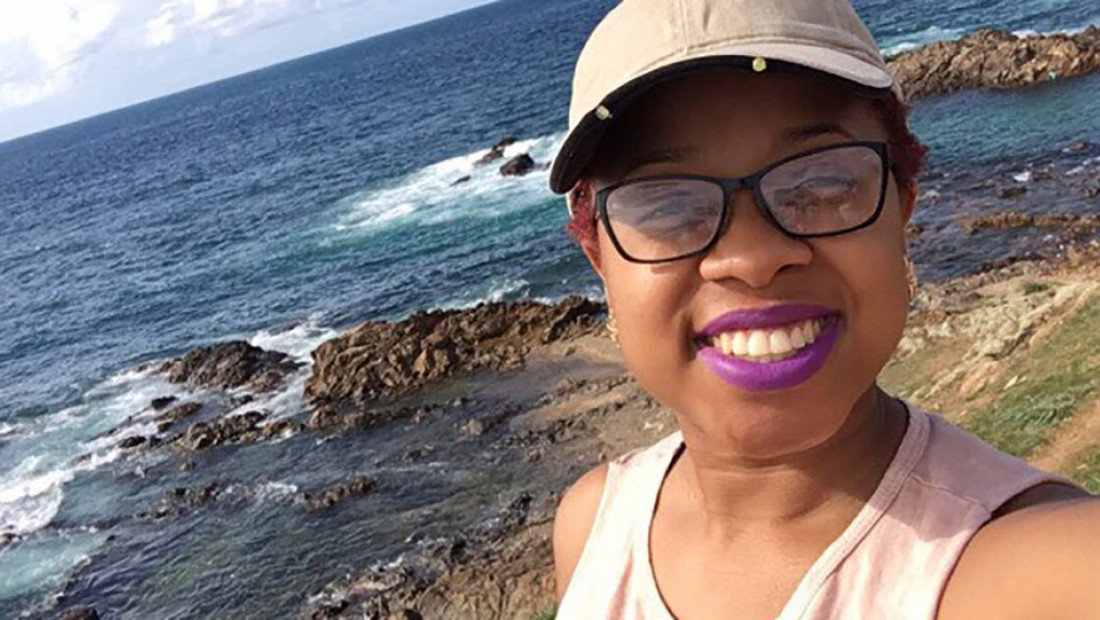
EHE Education Abroad transforms students’ worldview
Six months ago, Jania Phillips had no clue what a favela was. She had never left the borders of the United States. But in May, she found herself enroute to Salvador, Brazil, as part of an Education Abroad program co-sponsored by the College of Education and Human Ecology and Ohio State's Office of Diversity and Inclusion.
Riding a bus through the crowded, cobblestone streets flush with Afro-Brazilians, she realized nothing was the same as in her hometown Columbus. And, for her, nothing would ever be the same again.
“Everything looked so different. It was really colorful, a beautiful day,” Phillips said.
Overcome with feelings, she started to cry. Her fellow students asked her what was the matter. “I said, ‘I just can’t believe that I’m here and that I’m doing this!’ Just being there was something I could not wrap my mind around, and I kind of still can’t,” she said.
This year EHE, working with Ohio State's Office of International Affairs, has doubled the number of for-credit offerings for undergraduate and graduate students and is granting scholarships and underwriting costs so that more students than ever can have transformational experiences like Phillips’.
“This is a fundamental part of becoming the new you,” said Kerry Dixon, director of EHE Strategic Initiatives and International Affairs. “When you come to EHE, not only do you get this interesting experience to add to your resume, you discover things about the world and yourself you never could have imagined.”
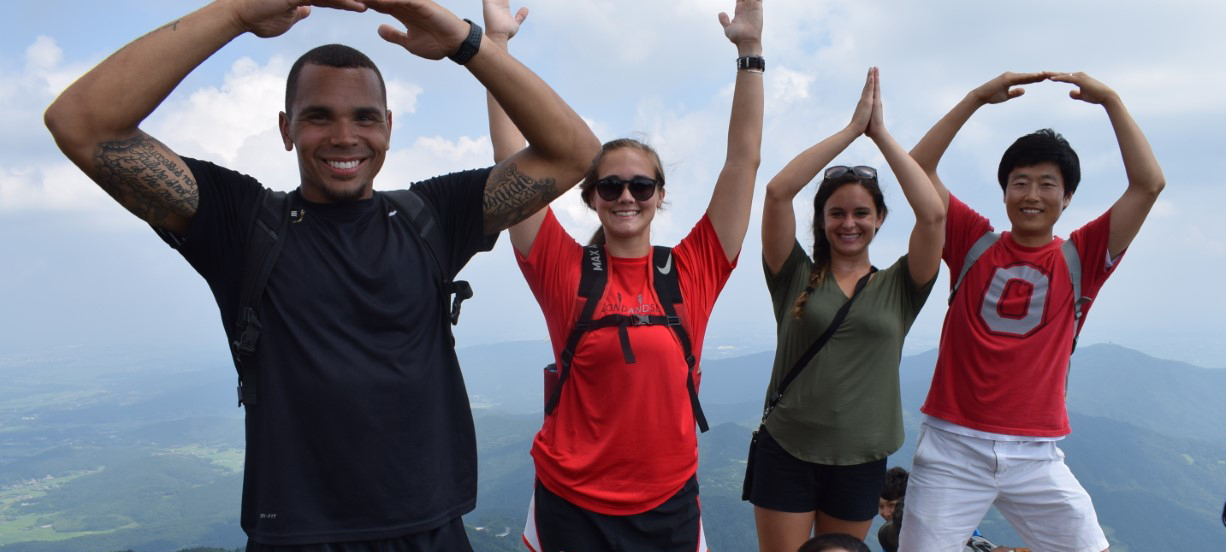
In Japan, Taylor Gibson discovered friendship and peace. The senior, majoring in physical activity specializations and programming, was rebounding from chemotherapy when she received a Kubota scholarship to attend the Tsukuba Summer Institute. The trip was her first overseas, her first experience with jetlag and language barriers. But, she said, “I felt so relaxed and in tune with myself.”
When she boarded trains there, she discovered that passengers remained perfectly silent.
“It’s said to be rude to talk on a train, because people are relaxing. People just respect each other. What really resonated with me was how true they are to their traditional values. To me it was just mind-blowing that so many people are united that way.”
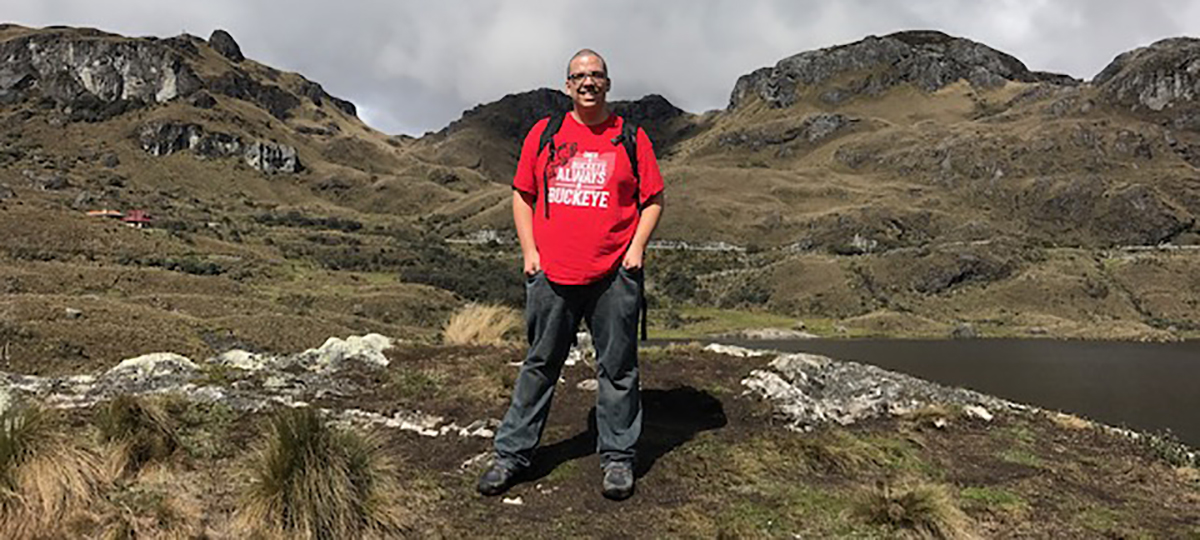
Keith Underkoffler discovered his resiliency. The master’s student was forced to scrap a lesson plan in the Ecuadorian school where his Education Abroad cohort volunteered. When he let his expectations pivot, things got really interesting.
“We had to totally reformat what we were thinking,” he said. “Being truly flexible and changing what we were doing was humbling and exciting. We built a stronger relationship with the teacher.”
So that he’ll never forget the experience, Underkoffler had a map of Ecuador permanently inked on his left bicep.
Because the trip to Cuenca, Ecuador, centered on cultural exchange, students stayed with local families and were forced to use the Spanish they knew. They journaled and the graduate students among them led group reflections.
“They built relationships and connected to people. They opened their minds to learning a lot of different things in terms of the cultural exchange,” said Marc Johnston-Guerrero, assistant professor of higher education and student affairs, who co-led the trip. “I think that not all of the outcomes are immediate in terms of the impact this trip will have.”
Making diversity a focus
Because of scholarships from the university’s Second-year Transformational Experience Program as well as from EHE, more students are able to take part in the expanded slate of trips.
“Early on we established that we were going to have a priority around diversifying participation and being inclusive in our approach to international programming,” Dixon said.
The Brazil trip, “Higher Education in Brazil: Access, Equity, and Opportunity,” doesn’t just recruit underrepresented students, it spotlights racial and economic disparities abroad.
Slavery was more brutal in Brazil than anywhere in the world, said James L. Moore III, interim associate provost for the Office of Diversity and Inclusion and EHE Distinguished Professor of Urban Education who co-leads the trips. Salvador is 85 percent black.
“It mimics some of the things we see in the U.S, but it’s more pronounced,” he said. “They don’t have national representation in government, in politics, in education. There are huge disparities based on income and race.”
The college’s Weiler Scholars — African American males studying to become teachers — all go on the trip. The cohort interviews Brazilian students, from elementary school through college. They make videos. They play basketball together.
“I want them to see that the conditions in Columbus City or Cleveland or Cincinnati can’t even compare,” Moore said. “And, so, we think about it, we talk through it.
“Maybe 30-40 percent of the students on the trip are first-generation college students. Some have never flown before. They’ve never seen the ocean. We get on the plane as individuals, we come back as this big, happy family.”
For Phillips, who is earning her degree in teaching English to speakers of other languages, the trip “sealed the deal” on her aspirations.
“I put myself in the same situation that they’re going to be in when they’re in my classroom. Going to a whole new place where I don’t know the language, diving right into it like they will be.
“It’s humbled me. You get so caught up in what’s going on in America, on campus, when there are people all over the world. We’re all just trying to make it from one day to the next. It’s amazing seeing how somebody can do it somewhere else.”
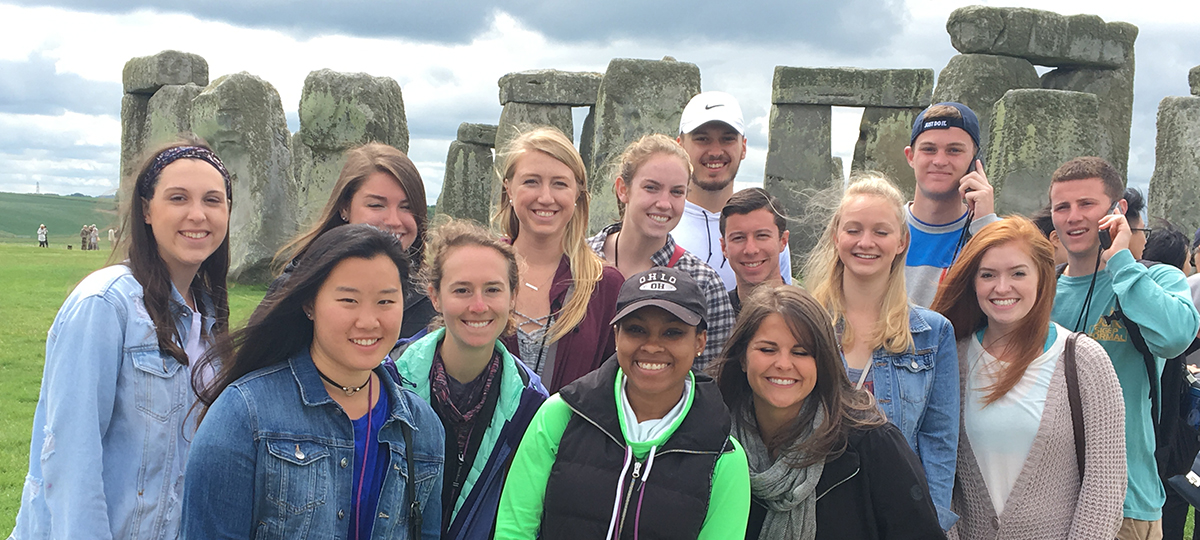
Upcoming EHE trips
2018 EHE Education Abroad trips include:
- Higher Education in Brazil, Spring Break 2018
- Early Childhood Study in Israel, May 2018
- Exploring Japan Through Sport, Wellness & Culture, Summer 2018
- The European Model of Sport, May 2018
- Indonesia: First Education Experience Program, May 2018
- Indonesia: Tourism, Culture and Local Communities, May 2018
- Multicultural Histories and Legacies of Rome & London , May 2018
- Sustainability and Social Justice in Ecuador, May 2018

